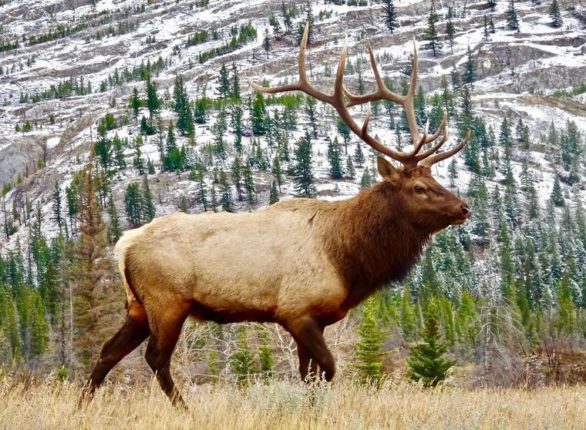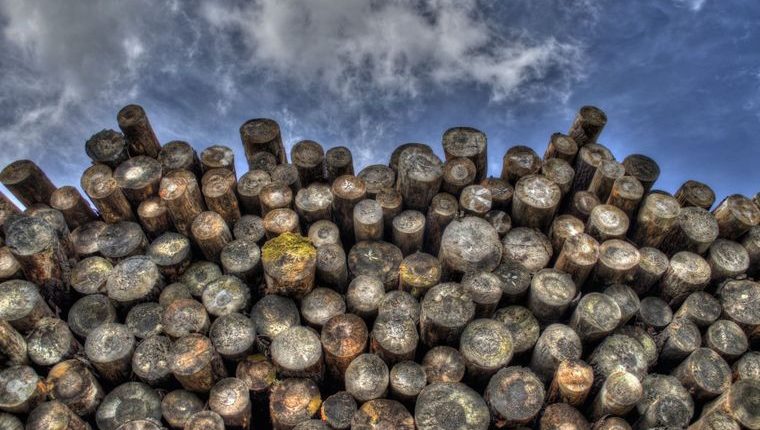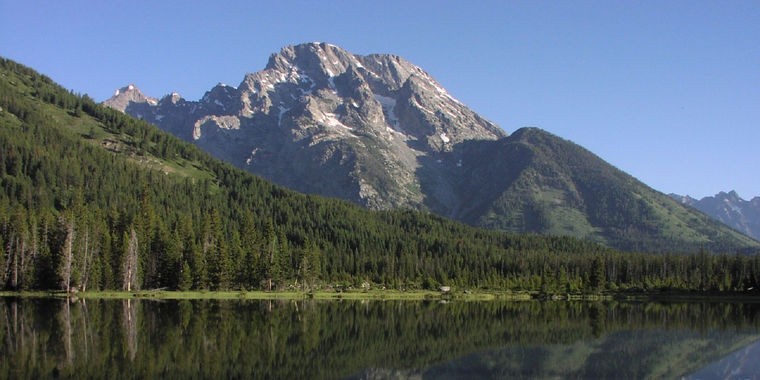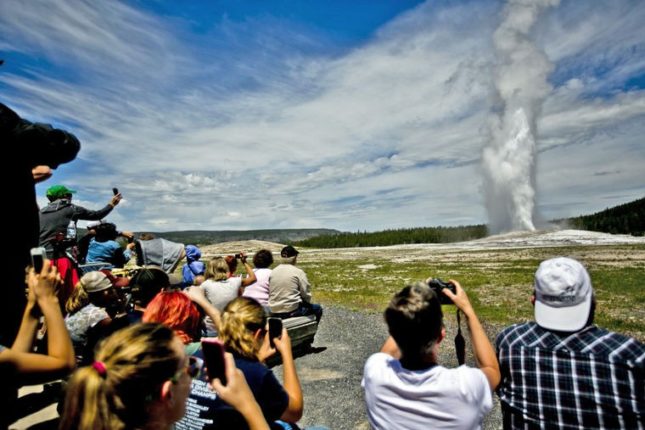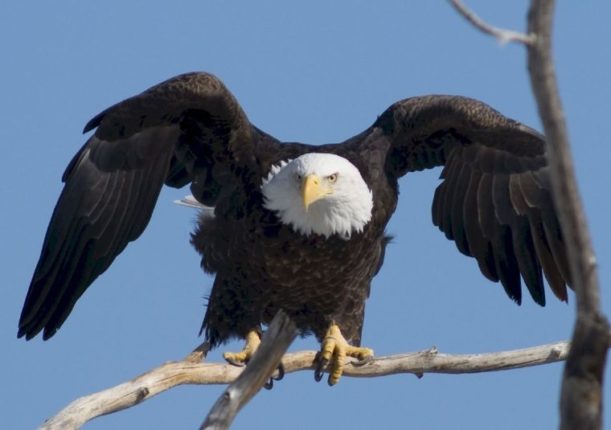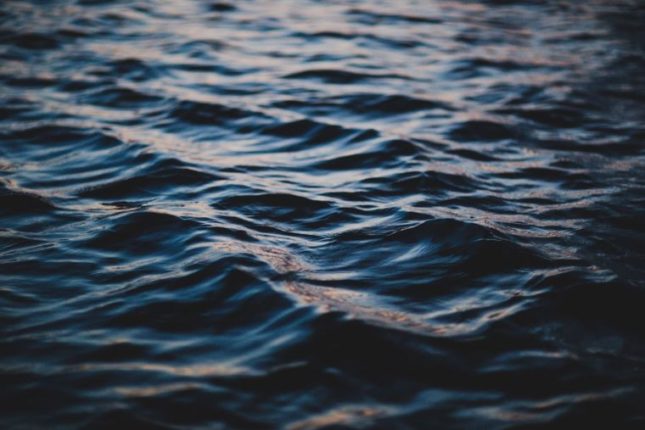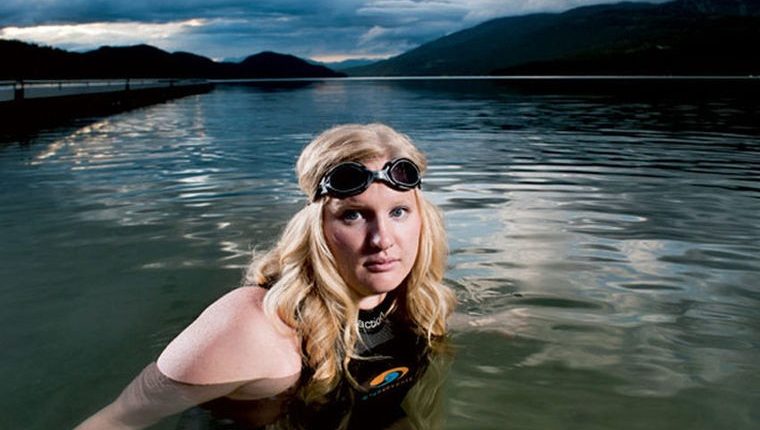CHEYENNE, Wyo. (AP) — Hunting and fishing remain popular activities among Wyoming residents and visitors, according to licensing numbers tracked by the state.
In the period between 2008 and 2016, participation in both hunting and fishing among Wyoming residents has either grown or stayed level. At last count, 18 percent of the state’s inhabitants purchased a fishing license, and 13.5 percent bought a hunting license.
“If you look at resident fishing licenses in 2008, it was 97,000,” Wyoming Game and Fish Department spokesman Renny MacKay told the Jackson Hole News & Guide (http://bit.ly/2vY93cA). “It’s 104,000 now. It’s kind of been a slow increase.”
Hunting tag sales have been relatively level. But that’s likely because the overall number of licenses available has fallen off, partly because of declines in mule deer populations, MacKay said.
MacKay chalked up the overall positive hunting and fishing trends to the state’s rural nature. Wyoming, he said, has double, if not more, the participation rates of more urban states.
“The fact is that we’re a rural state, and we’re still very associated with our outdoor resources,” he said. “I don’t think you have to look further than that.”
After significant national participation declines in the 20th century, many state fish and wildlife agencies around the country have made concerted efforts to attract new hunters and anglers.
Wyoming Game and Fish has a staff position focused on boosting participation. Programming focused on recruitment entails camps, workshops, Facebook Live events and a three-day annual event for women interested in the outdoors.
The effort to get women into the field is one that’s working well, MacKay said.
“If you look at participation numbers,” he said, “you’re seeing an increase in women being involved in hunting and fishing.”
